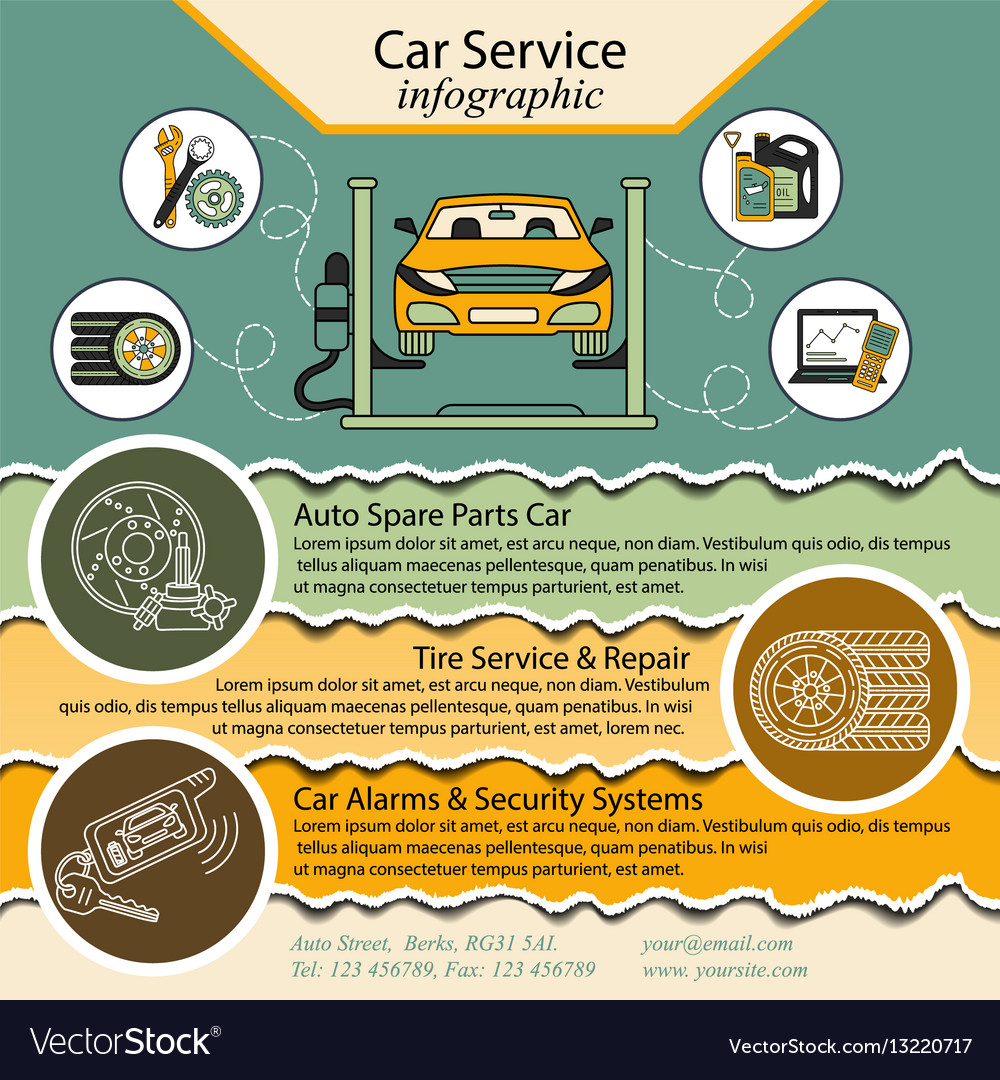Wondering About The Definition Behind Those Dashboard Warning Lights? Gain Understandings Into Their Ramifications For Your Automobile'S Security And Maintenance
Wondering About The Definition Behind Those Dashboard Warning Lights? Gain Understandings Into Their Ramifications For Your Automobile'S Security And Maintenance
Blog Article
Post Writer-Vinson Dalgaard
When you're behind the wheel, those radiant caution lights on your dashboard can be a bit bewildering. Do you recognize what they're attempting to tell you about your auto's health and wellness? Comprehending the significance of these lights is vital for your safety and security and the durability of your automobile. So, the next time among those lights pops up, would not you want to understand its message properly and take the needed actions to address it?
Common Caution Lights and Interpretations
Identify common warning lights in your cars and truck and recognize their definitions to guarantee secure driving.
The most normal caution lights include the check engine light, which indicates problems with the engine or emissions system. If this light comes on, it's critical to have your car examined without delay.
https://ricardotoibw.webbuzzfeed.com/31749283/do-you-have-doubts-concerning-the-importance-of-vehicle-outlining-for-boosting-your-car-s-resale-worth alerting light shows reduced oil pressure, requiring instant interest to avoid engine damages.
A blinking battery light may recommend a faulty billing system, possibly leaving you stranded if not addressed.
The tire stress surveillance system (TPMS) light notifies you to reduced tire pressure, impacting vehicle stability and gas efficiency. Disregarding this might result in risky driving problems.
The abdominal light suggests a problem with the anti-lock braking system, compromising your capability to stop quickly in emergency situations.
Last but not least, the coolant temperature level cautioning light warns of engine getting too hot, which can cause extreme damage if not fixed promptly.
Understanding these common caution lights will certainly assist you attend to concerns promptly and preserve safe driving problems.
Value of Prompt Focus
Recognizing the usual warning lights in your cars and truck is only the initial step; the value of without delay addressing these cautions can not be highlighted enough to guarantee your safety and security when driving.
When a warning light illuminates on your dashboard, it's your automobile's means of connecting a prospective concern that needs attention. Neglecting these warnings can bring about a lot more severe problems in the future, compromising your safety and possibly costing you a lot more in repairs.
Motivate attention to cautioning lights can avoid break downs and mishaps. For example, a flashing check engine light could show a misfire that, if left unattended, could create damages to the catalytic converter. Resolving this quickly can conserve you from an expensive repair service.
In https://brakes49517.eedblog.com/31289600/resolving-the-5-leading-misconceptions-connected-to-auto-describing , a brake system warning light could signify low brake fluid or worn brake pads, essential parts for your safety when driving.
DIY Troubleshooting Tips
If you see a warning light on your dashboard, there are a couple of DIY troubleshooting tips you can attempt before looking for professional aid.
just click the up coming article is to consult your cars and truck's manual to recognize what the details warning light suggests. Occasionally the problem can be as easy as a loose gas cap activating the check engine light. Tightening up the gas cap might deal with the issue.
One more usual concern is a low battery, which can activate different advising lights. Inspecting the battery links for corrosion and guaranteeing they're secure may deal with the problem.
If a warning light lingers, you can try resetting it by separating the auto's battery for a few minutes and after that reconnecting it. Additionally, examining your vehicle's liquid levels, such as oil, coolant, and brake fluid, can aid troubleshoot warning lights related to these systems.
Final thought
To conclude, comprehending your cars and truck's warning lights is essential for maintaining your automobile running efficiently and securely. By quickly dealing with these alerts and knowing what they mean, you can stay clear of expensive repairs and prospective failures.
Remember to consult your automobile's manual for certain information on each alerting light and take action accordingly to guarantee a trouble-free driving experience.
Remain informed, remain secure when driving!
